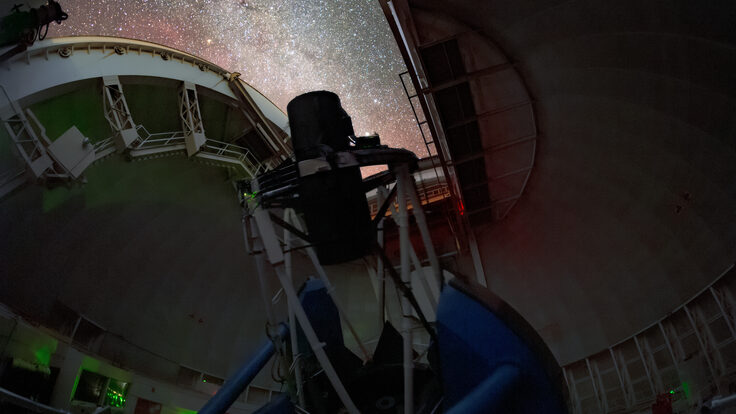Today the Collide@CERN residency program begins accepting submissions for artists working in dance or performance arts to come learn and create in the laboratory.
Unlike the program’s other residency in digital arts, which was announced at September’s Ars Electronica Festival, this competition is funded by the state and city of Geneva, Switzerland, and is limited to artists who were either born in the area or are currently living or working there.
“This shows how CERN is really connecting to the city,” the program’s leader Ariane Koek said, adding that it also fits into Geneva’s strategy for refocusing itself as a city of arts and sciences.
Collide@CERN will host two residencies each year for three years, starting with the digital arts and the dance and performance arts competitions. The latter residency may change art forms every year, though the digital arts residency will remain in place.
Each selected artist is given a cash prize, three months of housing, board and living stipends and a science partner from the laboratory with whom he or she will meet regularly. Throughout their program, both partners will keep a blog, and the artist will have an open meeting with other scientists over lunch fortnightly in a CERN cafeteria. At the beginning and end of the residency, the artist-scientist pair will also hold joint lectures, which will be open to the public and available to watch online.
“It’s creating a lab of the imagination here, which will lead to unexpected innovations in the arts and sciences,” Koek said. “I see this as a great experiment.”
Since dance and performance arts are such laborious undertakings, often requiring many elements to produce -- mainly people and money -- Koek said completing a finished piece by the end of three months is unlikely. Instead, the goal of this residency is to create a work in progress that will hopefully be realized in the future with outside funding.
“Dance and performance are really the art forms most directly connected with time and space, which are the domain of particle physics,” Koek said.
According to Koek, Collide@CERN residencies are designed to put art and science on the same level. Just as CERN physicists are meticulously selected for their expertise, artists will be selected with the same degree of consideration. A panel of five judges, including two members of the CERN cultural board, two dance and performance specialists from the region and one person from the Swiss arts council, Pro Helvetica, will make the final decision. “It’s to bring mutual respect and understanding across arts and science,” Koek said. “That’s what’s so radical about this program, and it is at such a high international level.”
The closing date for dance and performance arts submissions is Dec. 20. A selection will be announced in early January, with the residency to begin a few months later.








